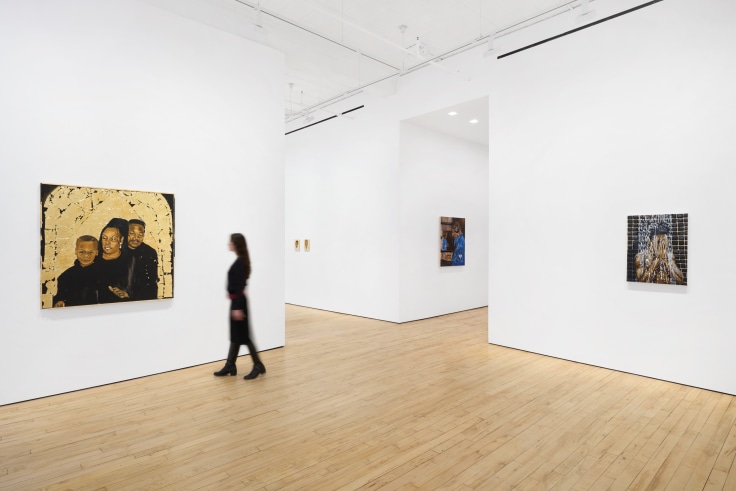
Installation view, Jerrell Gibbs, Language of Tears, James Cohan, 52 Walker St, New York, NY, May 3 - June 15, 2024
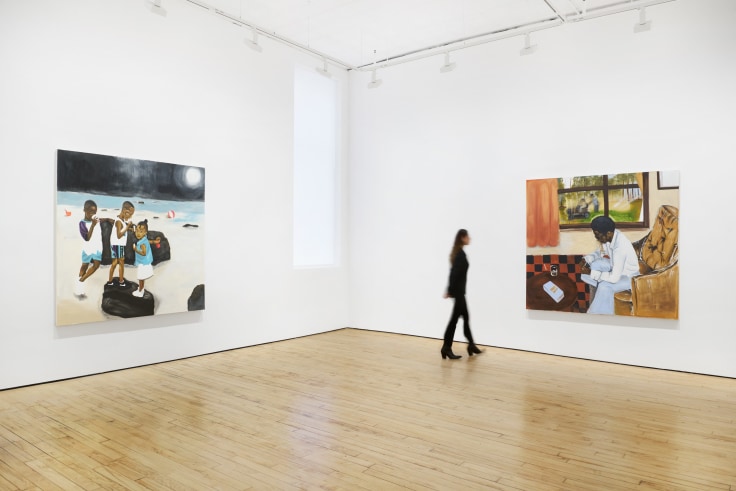
Installation view, Jerrell Gibbs, Language of Tears, James Cohan, 52 Walker St, New York, NY, May 3 - June 15, 2024
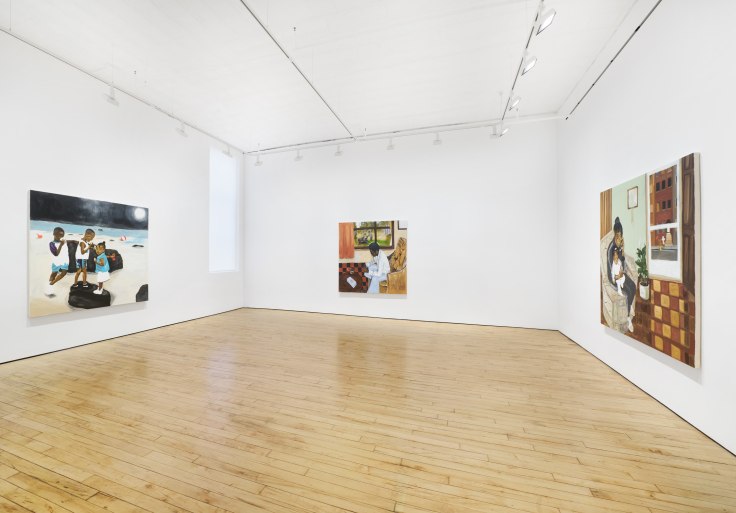
Installation view, Jerrell Gibbs, Language of Tears, James Cohan, 52 Walker St, New York, NY, May 3 - June 15, 2024
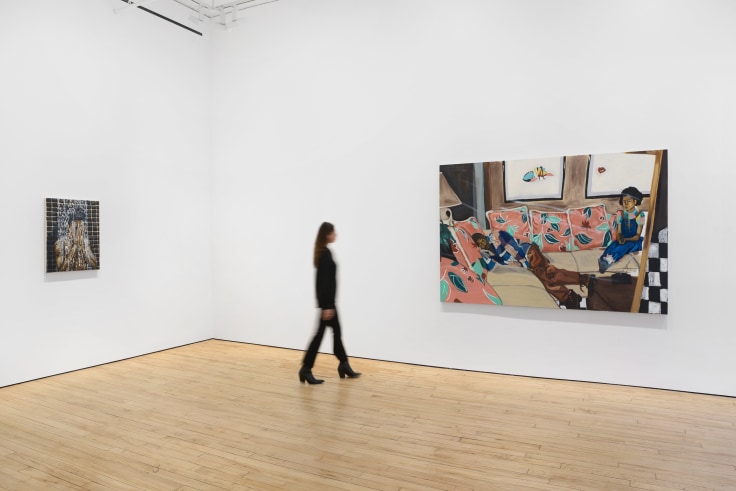
Installation view, Jerrell Gibbs, Language of Tears, James Cohan, 52 Walker St, New York, NY, May 3 - June 15, 2024
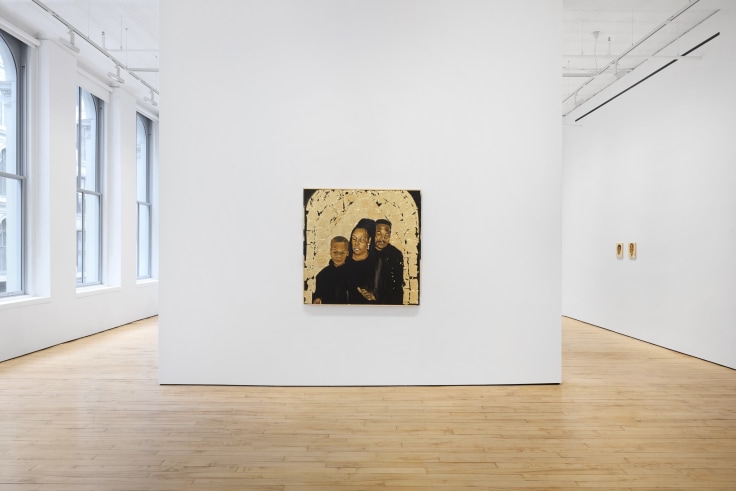
Installation view, Jerrell Gibbs, Language of Tears, James Cohan, 52 Walker St, New York, NY, May 3 - June 15, 2024
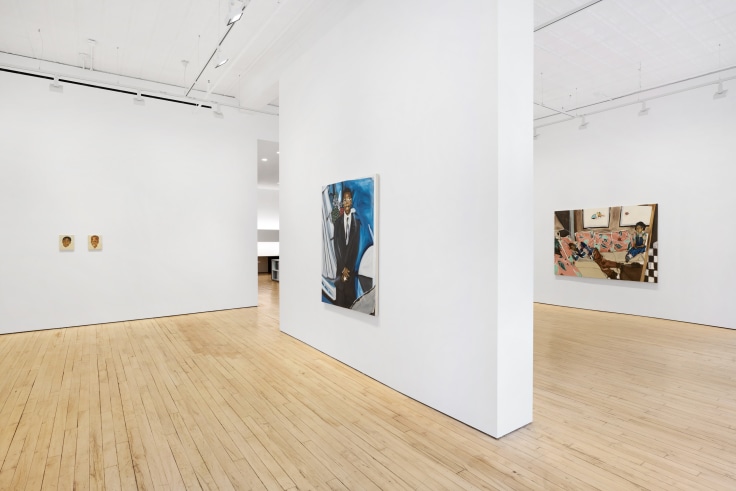
Installation view, Jerrell Gibbs, Language of Tears, James Cohan, 52 Walker St, New York, NY, May 3 - June 15, 2024
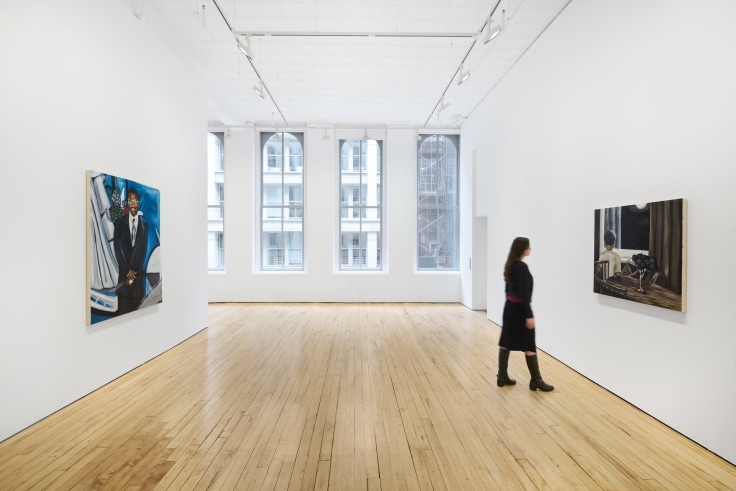
Installation view, Jerrell Gibbs, Language of Tears, James Cohan, 52 Walker St, New York, NY, May 3 - June 15, 2024
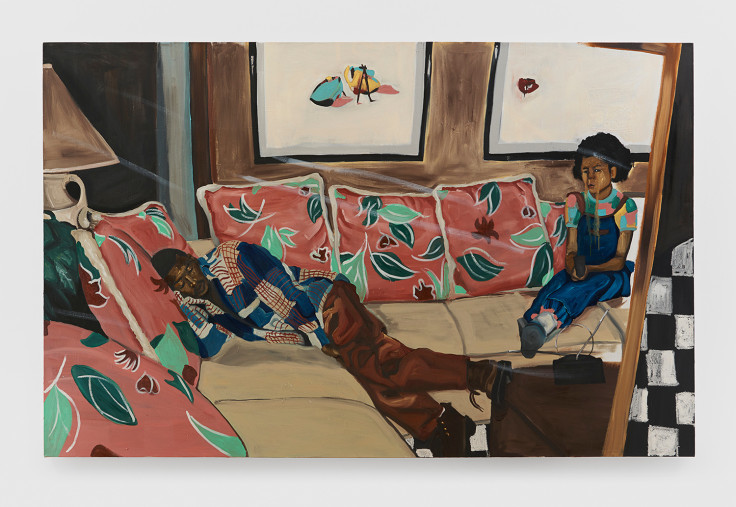
JERRELL GIBBS
My worst fear is one day that you come home from school and see your father face while hearin’ bout tragedy on news, 2024
Oil, oil stick on canvas
60 x 95 in.
152.4 x 241.3 cm
JCG17298
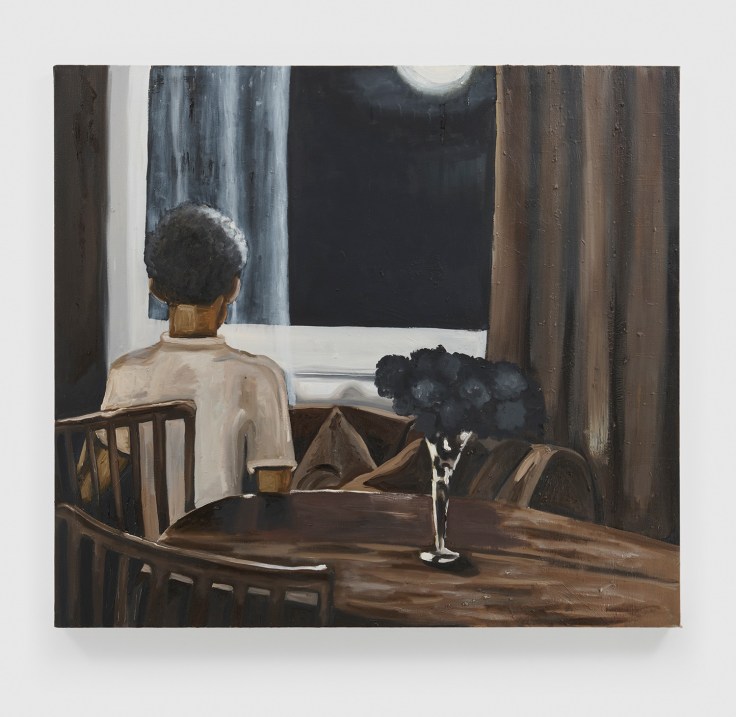
JERRELL GIBBS
Pray for the mother that has to tell her son…, 2024
Oil on canvas
40 1/8 x 36 in
101.9 x 91.4 cm
JCG17181
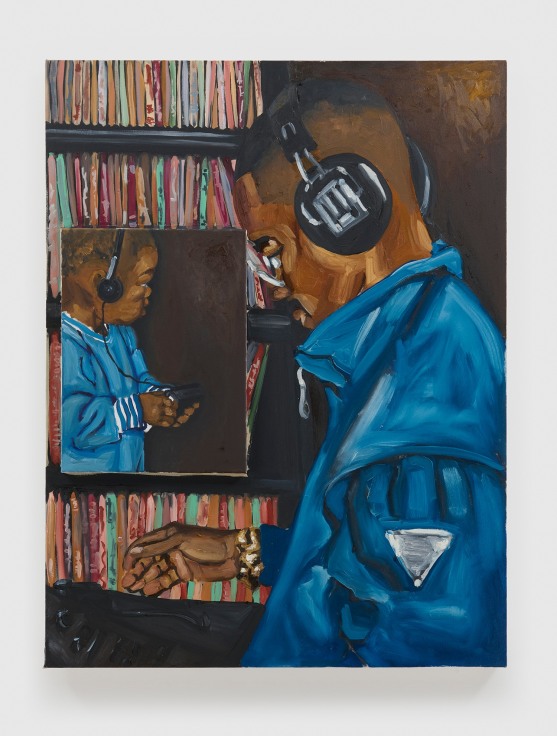
JERRELL GIBBS
Like father like son, 2024
Oil on canvas
40 x 30 in
101.6 x 76.2 cm
JCG17254
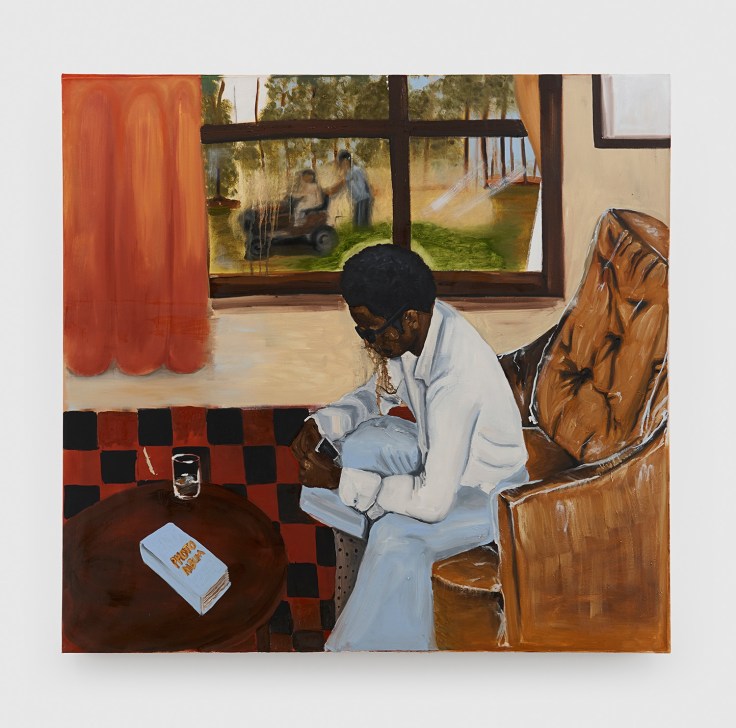
JERRELL GIBBS
Longing, 2024
Oil on canvas
72 x 68 in
182.9 x 172.7 cm
JCG17253
James Cohan is pleased to present Language of Tears, an exhibition of new paintings by Baltimore-based artist Jerrell Gibbs, on view from May 3 through June 15, 2024, at the gallery’s 52 Walker Street location. This marks the artist’s New York debut and first solo exhibition with James Cohan. The gallery will host an exhibition walkthrough with the artist on Friday, May 3, at 5:30 PM, followed by an opening reception from 6-8 PM.
Jerrell Gibbs creates luminously rendered, expressionistic oil paintings that synthesize a wide range of art historical and cultural references to mine the elliptical contours of memory. His allegorical and autobiographical compositions explore themes of Black masculinity, fatherhood, legacy, and remembrance, complicating and subverting visual stereotypes and misrepresentations. Often working from archival family photographs, Gibbs creates tender, emotionally evocative vignettes that highlight moments of quiet joy and sorrow, rest, and mundane beauty while engaging deeply with the materiality of his process.
The inspiration for the body of work in this exhibition came from the artist’s viewing of the 1977 Ralph Nelson film A Hero Ain't Nothin' but a Sandwich, which centers on the struggles of a young boy in South Central Los Angeles following the abandonment of his biological father. This film sparked a period of self-examination and painterly exploration for Gibbs, bringing to the surface his own experience of losing his father at a young age. For Gibbs, the canvas becomes a space within which he can parse the gaps and ruptures of personal memory to create works that provide portals into universal human emotional experiences.
While the figures that populate Gibbs’ paintings are often drawn from personal life, he situates them within domestic interiors and fictive nonspaces that create cinematic moments of narrative ambiguity. Building up his surfaces in a process of accumulative brushstrokes, the artist imbues his scenes with a mixture of the familiar and the imaginative. Windows and mirrors frequently appear in his work, as both a metaphoric invocation of the variable experience of memory and a device to allow the artist to manipulate multidirectional light sources with painterly finesse. In My worst fear is…tragedy on news, 2024, a mirror’s reflection casts a familiar scene of family gathered on the couch in front of the television into a realm of slightly destabilizing distortion, suggesting the jarring impact of what might be unfolding before them in primetime.
In this new body of work, Gibbs has begun experimenting with compositional disruptions that reinforce the psychological interiority of his figures. In Like father like son, 2024, a small canvas depicting the artist as a young child is affixed to a portrait of his father. Head bowed in profile as he listens to music on headphones, his beloved record collection surrounds him. This use of separate surfaces highlights the distance between the father who is gone and the son who has remained. Yet the color relationships across the two canvases suggest that, for the artist, music–like painting– can function as a bridge or point of connection across time and loss. In Inheritance, 2024, Gibbs depicts his father as a young man new to fatherhood and filled with its attendant joys, holding his infant son. A black void eclipses the child’s face. The artist notes, “This void is my own experience of the moment, which I only experience as a photograph.” The painting becomes a way to both pay intimate tribute to his father’s visible joy and to grapple with, on a broader level, what it means to build an identity as a father and a man when the memory of those who came before you is incomplete.
What happens when the dream falls apart, 2024, and Two peas in a pod, 2024, introduce new physical material into the artist’s oeuvre. Gibbs limns these figures with flattened appliques of imitation gold leaf, transforming contemporary family portraits into 21st century icons that build upon the rich art historical tradition of illuminated divinity. The artist’s choice of imitation gold leaf is significant, functioning as a metaphor for the resourcefulness with which his family and his community in Baltimore have repeatedly built and rebuilt their lives with what little they had and were given.
Jerrell Gibbs (b. 1988; Baltimore, Maryland) graduated with an MFA from the Maryland Institute College of Art, Baltimore, in 2020. He has been the subject of solo exhibitions at Mariane Ibrahim, Chicago, and Paris; and featured in exhibitions at the Reginald F. Lewis Museum, Baltimore, and The Gallery at Howard University, Washington, D.C. His first solo museum exhibition, No Solace in the Shade, will be on view at the Brandywine Museum of Art from September 27, 2025, through March 1, 2026, following the institution’s recent acquisition of a landmark painting by Gibbs. The accompanying scholarly publication will feature an essay by guest curator, writer, and art historian Angela N. Carroll; a conversation between Gibbs and Jessica Bell Brown, Curator and Department Head of Contemporary Art at the Baltimore Museum of Art; a discussion between Gibbs and Larry Ossei-Mensah, curator and cultural critic; and a lyrical response by filmmaker and poet NIA JUNE. Gibbs’ work is included in the permanent collection of institutions including the Brandywine Museum of Art, Baltimore Museum of Art; Columbus Museum of Art; Los Angeles Museum of Art; CC Foundation, and the X Museum Beijing. The artist’s official portrait of the late civil rights activist and United States Representative Elijah E. Cummings is on permanent display in the U.S. Capitol.